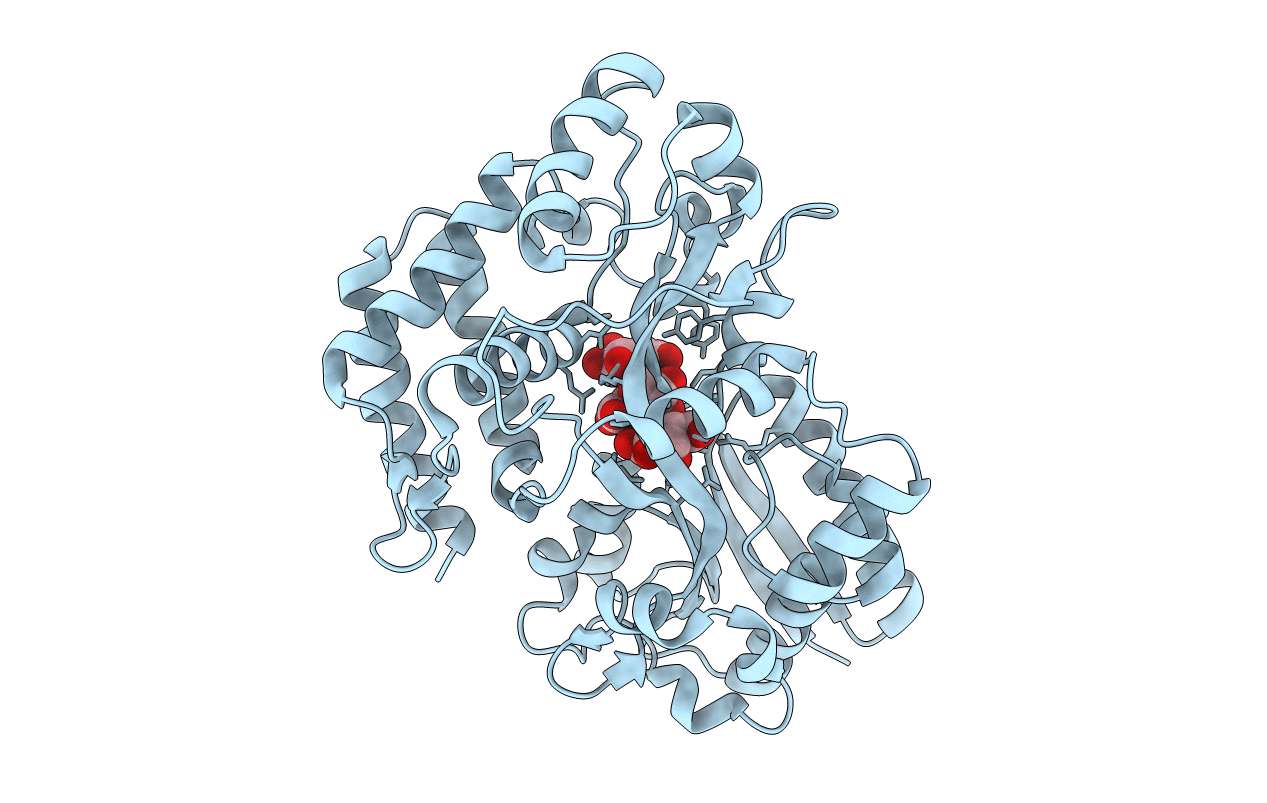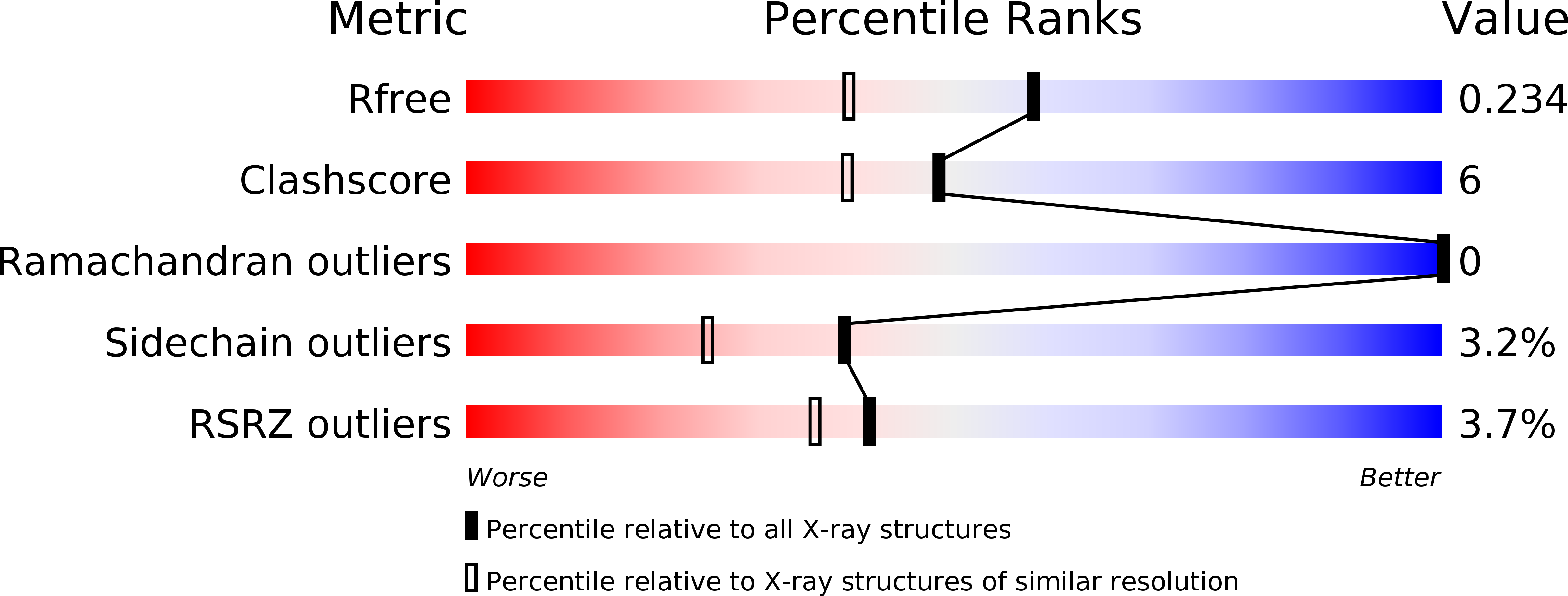
Deposition Date
2007-03-10
Release Date
2007-05-22
Last Version Date
2024-05-08
Entry Detail
PDB ID:
2UVJ
Keywords:
Title:
Structure of a periplasmic oligogalacturonide binding protein from Yersinia enterocolitica in complex with trigalacturonic acid
Biological Source:
Source Organism:
YERSINIA ENTEROCOLITICA (Taxon ID: 630)
Host Organism:
Method Details:
Experimental Method:
Resolution:
1.80 Å
R-Value Free:
0.22
R-Value Work:
0.18
R-Value Observed:
0.18
Space Group:
C 2 2 21


